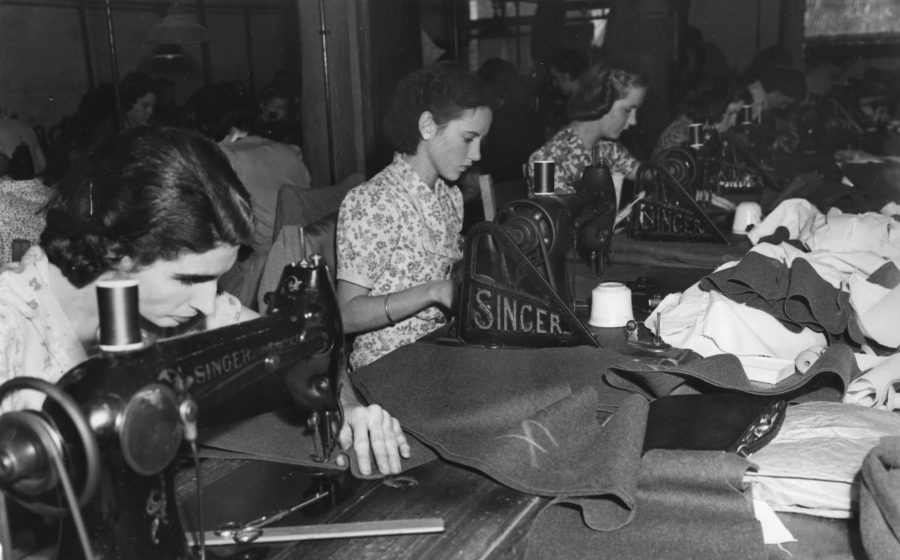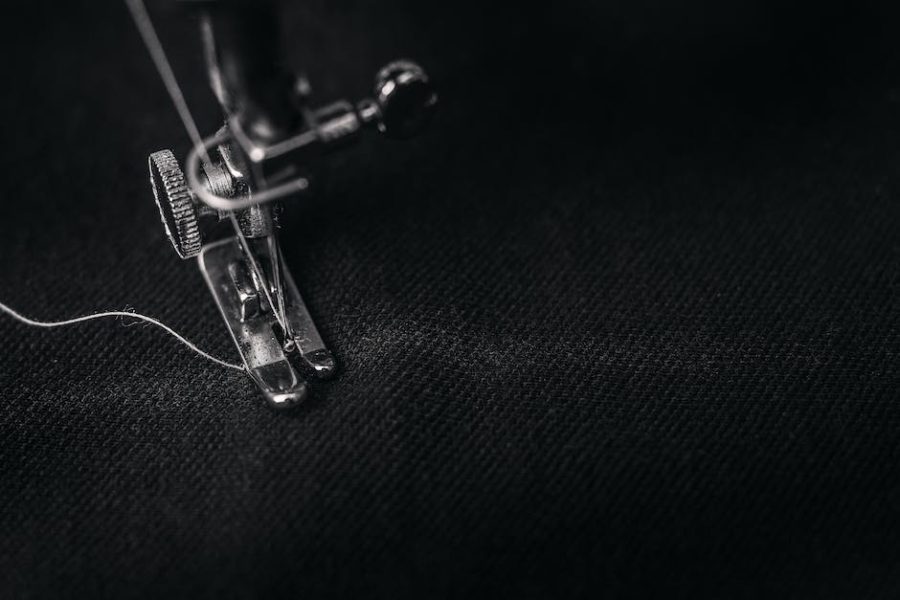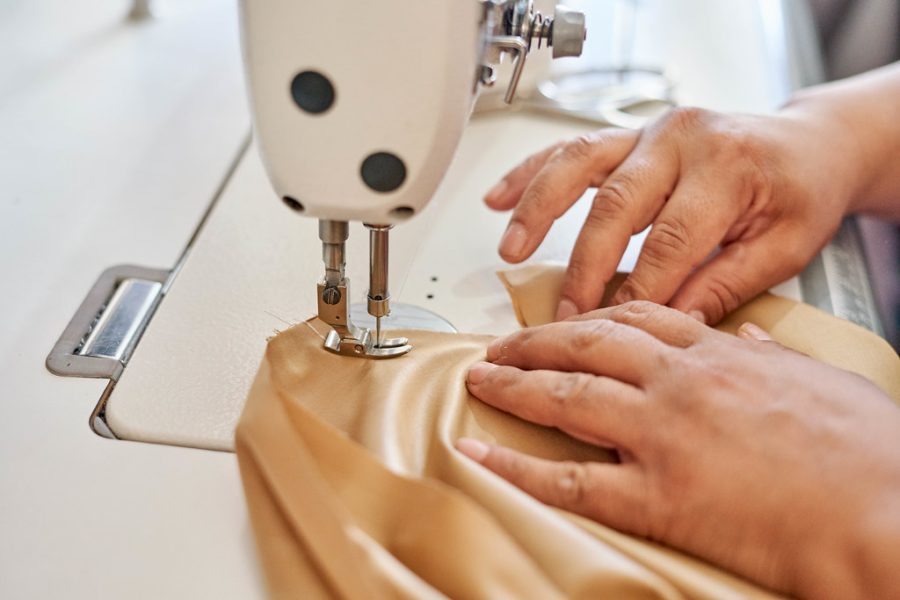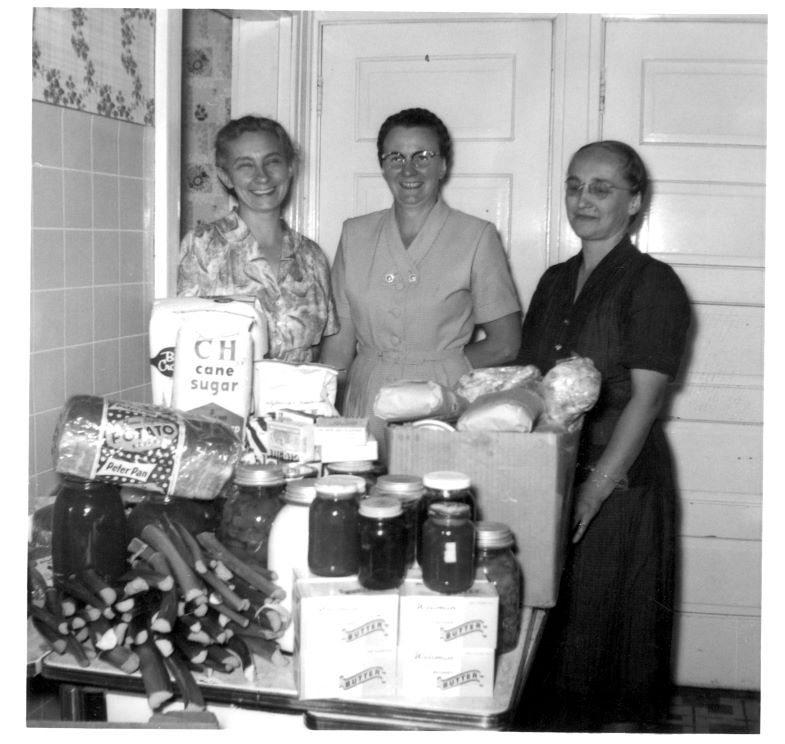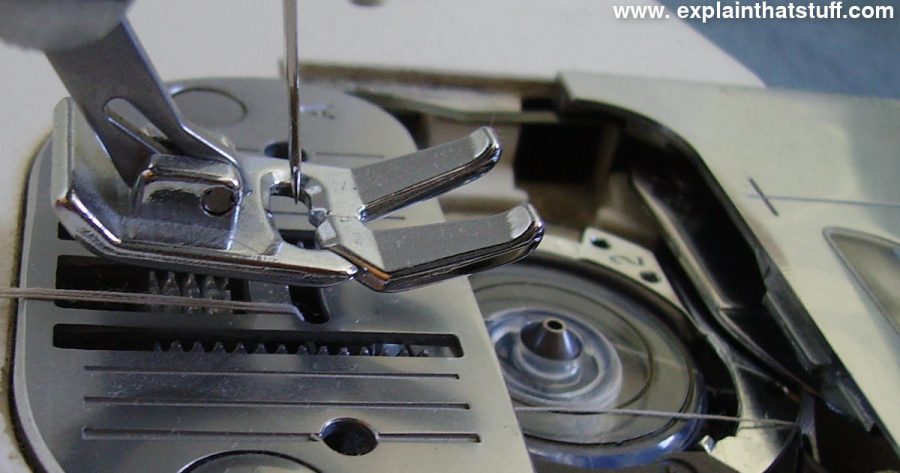Have you ever wondered how the sewing/” title=”Stitching Stories: A Beginner's Guide to Sewing”>sewing machine came into existence? Let’s take a dive into the history of this incredible invention that revolutionized the textile industry.

The Birth of Sewing Machines
The sewing machine, as we know it today, has its origins in the early 19th century. The first practical and widely-used sewing machine was invented by Barthélemy Thimonnier, a French tailor, in 1830. Thimonnier’s machine used a single thread and a hooked needle to create a chain stitch, similar to hand sewing. It was a significant development, as it could sew faster and more accurately than human hands.
However, Thimonnier’s invention met with strong opposition from French tailors who feared unemployment due to the automation of their craft. Sadly, his factory was destroyed by a mob of angry tailors, and sewing machines faced a setback in France for several years.
The Revolution Begins
The next breakthrough in sewing machines came in the mid-19th century when an American inventor and entrepreneur, Isaac Merritt Singer, improved upon the existing designs. In 1851, Singer patented a machine that used a continuous thread and a shuttle underneath the fabric to create a lockstitch. This made the stitching much stronger and more reliable.
Singer’s sewing machine became incredibly popular, and he established the Singer Sewing Machine Company, which quickly became one of the largest sewing machine manufacturers in the world. Singer’s success paved the way for other inventors to further refine and enhance the sewing machine’s capabilities.
An Industry Transformed
The introduction of sewing machines had a profound impact on the textile industry. Prior to their invention, clothing was predominantly sewn by hand, a laborious and time-consuming process. With sewing machines, the production of garments became much faster and more efficient, allowing for mass production.
As the technology advanced, sewing machines became increasingly versatile, capable of various stitches, including straight, zigzag, and decorative patterns. This versatility opened up new possibilities for designers and home seamstresses alike, enabling them to bring their creative visions to life.
The Sewing Machine Today
In the modern era, sewing machines have continued to evolve with advancements in technology. Computerized sewing machines now offer a wide range of features, such as automated thread cutting, built-in embroidery designs, and even touch screens for easy customization.
Despite the advancements, traditional sewing machines are still widely used and cherished for their reliability and longevity. Many people find joy and satisfaction in sewing as a hobby or even as a profession.
So, the next time you sit down at a sewing machine, take a moment to appreciate the rich history and innovation that have shaped this essential tool.
